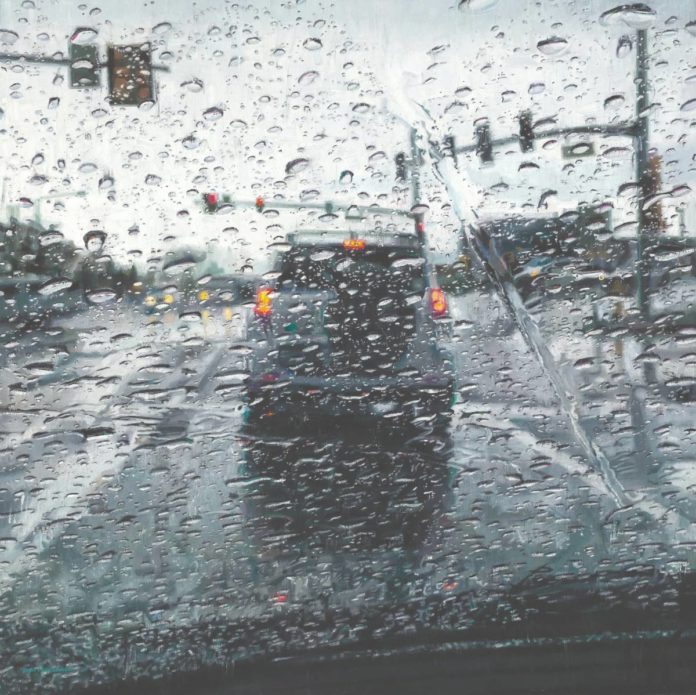BREAKING THROUGH: THE RISE OF AMERICAN WOMEN ARTISTS
Customs House Museum & Cultural Center
Clarksville, Tennessee
americanwomenartists.org and customshousemuseum.org
Through May 29, 2022
The Customs House Museum & Cultural Center is set to host a juried selling exhibition of 124 paintings and sculptures created by members of American Women Artists (AWA). This nonprofit organization has members throughout the U.S. and (increasingly) Canada, and this is the sixth show in its campaign to have 25 museum shows over 25 years. More than 940 entries were received, from which 99 two-dimensional pieces and 25 three-dimensional ones were selected, ranging in approach from representational to abstract.
Customs House exhibitions curator Terri Jordan is busy preparing the accompanying catalogue, which will contain an introduction by Prof. Amy Von Lintel (West Texas A&M University). AWA will present its awards program online, including a grand prize of $10,000 and more than $20,000 in additional prizes of merchandise and advertising space. Also offered online will be a symposium featuring the collector-patrons Steven Alan Bennett and Dr. Elaine Melotti Schmidt, Georgia Museum of Art director William Eiland, and art historian Jann Haynes Gilmore.
AWA has offered encouragement to female artists since it emerged from the Women Artists & the West exhibition series mounted by the Tucson Museum of Art (TMA) between 1991 and 1994. Former TMA director Robert Yassin recalls that the exhibitions’ purpose was not to redefine history, but rather to provide a venue for contemporary women artists addressing Western themes. Since then, AWA has expanded beyond the Western genre to embrace both representational and abstract artists from all regions of the U.S., as well as Canada.
The Customs House Museum and Cultural Center is Tennessee’s second largest general interest museum, featuring fine art, history, and children’s exhibits spread across 35,000 square feet. Its striking building was constructed in 1898 as a federal post office and customs house to handle the large volume of foreign mail created by Clarksville’s international tobacco business, and was added to the National Register of Historic Places in 1972. Once seen, the building is seldom forgotten, thanks to its steeply pitched roof, elaborate ornamentation, and eclectic mix of architectural styles, including Stick, Queen Anne, Italianate, Romanesque, Flemish, and Gothic.
> Visit EricRhoads.com to learn about more opportunities for artists and art collectors, including retreats, international art trips, art conventions, and more.
> Sign up to receive Fine Art Today, our free weekly e-newsletter
> Subscribe to Fine Art Connoisseur magazine, so you never miss an issue








Loved seeing the proof that these Impressionists & pre-Impressionists could really paint in the more traditional painting way – it really highlights that they were serious artists pushing boundaries, trying new techniques, exploring how to paint, what is art, new sciences & were so courageous.